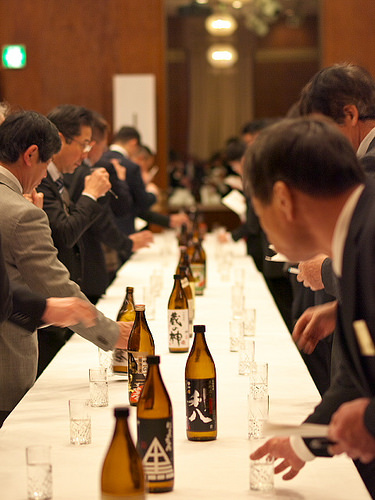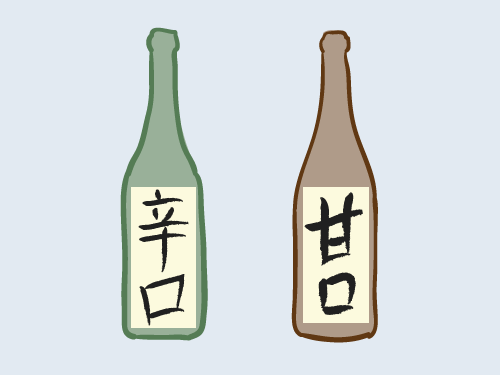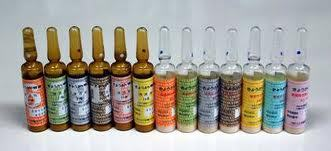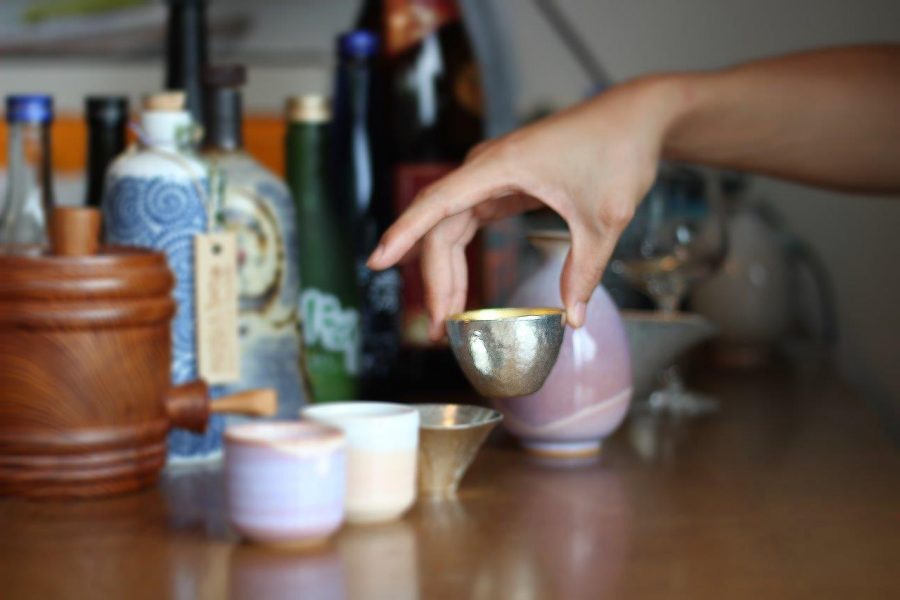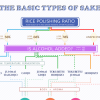DESCRIPTIVE WORDS USED BY SAKE SOMMELIERS
As described in Aromas and Flavors to Describe Sake Page, you can roughly describe the characteristics of sake by using 4 words (rich & clean, and moderate and fragrant) to explain the strength of aromas and the strength of flavors.
Now, what kind of words should we use to describe the sake more concretely? The easy […]

